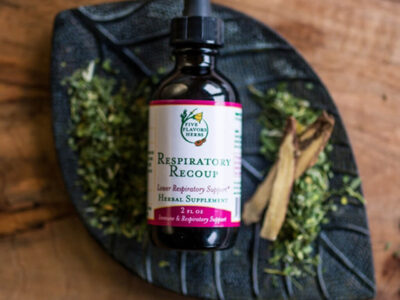
Sober living homes, often referred to as transitional or halfway houses, provide individuals in recovery from substance abuse with a safe and supportive environment to continue their journey towards sobriety. These homes play a crucial role in helping individuals bridge the gap between addiction treatment programs and returning to the responsibilities and challenges of everyday life. In this article, we will explore the concept of sober living homes, their importance, and the benefits they offer to those striving to maintain a life of sobriety.
A Safe Haven for Recovery
Sober living homes are much more than just a place to live; they are sanctuaries for individuals in recovery. These homes are designed to offer a structured, drug-free environment that promotes accountability and personal growth. People residing in sober living homes are usually required to adhere to specific rules and guidelines, such as maintaining sobriety, attending group meetings, and contributing to the upkeep of the house. These rules not only provide structure but also foster a sense of responsibility that can be vital during the early stages of recovery.
Community and Support
One of the most significant advantages of sober living homes is the sense of community and support they provide. Individuals in recovery often struggle with feelings of isolation and loneliness, which can be triggering for relapse. Sober living homes address this by creating a supportive environment where residents can connect with others who are facing similar challenges. This sense of camaraderie can be a lifeline for someone on the path to recovery, as it helps to combat the feelings of alienation that often accompany addiction.
Furthermore, many sober living homes facilitate group therapy sessions and 12-step meetings on-site or provide easy access to nearby support groups. These meetings offer residents the opportunity to share their experiences and struggles while learning from others who have successfully navigated the complexities of addiction recovery. The invaluable peer support and shared wisdom gained in these settings can significantly bolster an individual’s chances of maintaining sobriety.
Gradual Reintegration
Recovery from addiction is a process that requires time and patience. Sober living homes play a vital role in the gradual reintegration of individuals into society. For many residents, this means finding employment, mending broken relationships, and regaining independence. The structured environment of a sober living home provides a stable platform from which to rebuild one’s life.
Residents are often encouraged to seek employment or education while residing in a sober living home. This not only promotes financial independence but also offers a sense of purpose and accomplishment. Gaining employment is a crucial step toward reintegrating into society, as it can help individuals regain their self-esteem and establish a routine that supports sobriety.
Accountability and Responsibility
Sober living homes place a strong emphasis on accountability and personal responsibility. Rules and guidelines are established to ensure that residents adhere to the principles of sobriety and maintain a drug-free environment. Regular drug testing is often conducted to ensure compliance.
This structure is instrumental in helping individuals develop essential life skills and coping mechanisms. Residents learn to manage their time effectively, handle household chores, and contribute to the upkeep of the home. These responsibilities not only instill a sense of pride and self-worth but also prepare individuals for the challenges of independent living.
A Supportive Bridge
Sober living homes serve as a bridge between the highly structured environment of inpatient treatment and the unstructured world of independent living. They offer a controlled setting where residents can gradually transition from the intensive support of a treatment program to a more self-reliant lifestyle.
This intermediate step is particularly crucial for individuals who have completed a rehab program and are not ready to face the temptations and stressors of their previous lives. Sober living homes provide a safe haven where residents can apply the coping strategies and life skills they’ve acquired during treatment without the pressure of immediately returning to their old environment.
Reducing the Risk of Relapse
The risk of relapse is a constant concern for individuals in recovery. Sober living homes significantly reduce this risk by providing a structured, drug-free environment and fostering a sense of accountability. The peer support and access to 12-step meetings also contribute to maintaining sobriety.
Furthermore, most sober living homes have strict policies against drug and alcohol use, and residents are often subjected to random drug testing. Knowing that using substances will lead to eviction from the home acts as a powerful deterrent for many individuals.
Conclusion
Sober living homes are a crucial component of the recovery journey for many individuals seeking a life free from substance abuse. These homes provide a supportive and structured environment, fostering a sense of community and accountability. They serve as a bridge between intensive treatment programs and independent living, allowing residents to gradually reintegrate into society.












